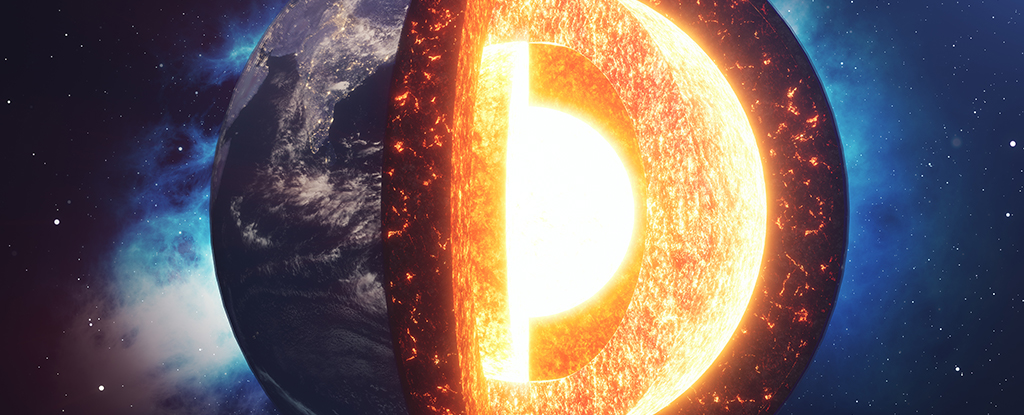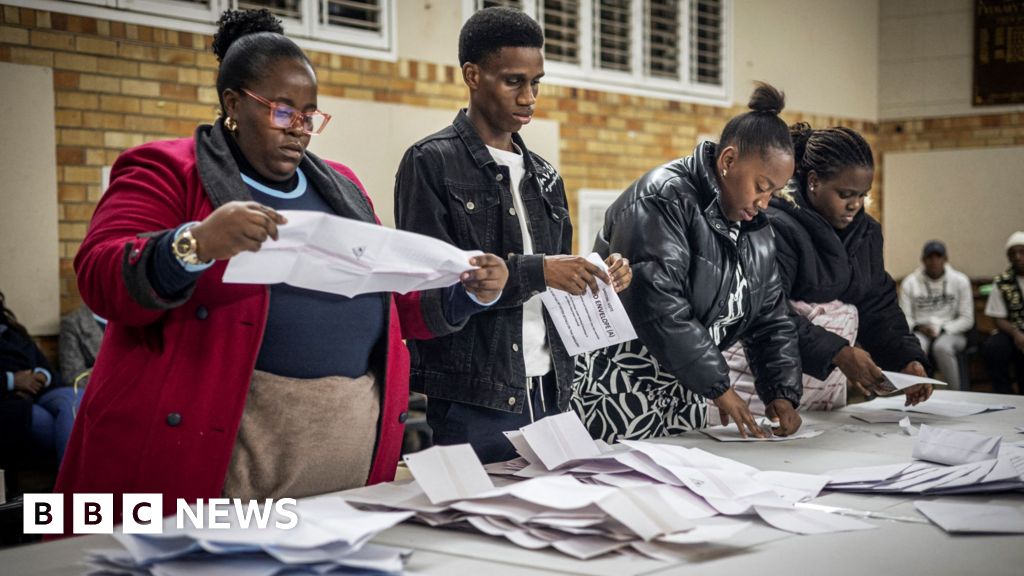For Eddie Howe, Newcastle United’s 1-0 victory over Manchester United on December 2 was “one of our best performances of the season”. Yet, according to onlookers, the Newcastle head coach appeared crestfallen in the immediate aftermath.
Howe briefly sat with his head in his hands, alongside Graeme Jones, the assistant head coach, who seemed similarly downbeat.
Although Howe was thrilled that his absentee-ravaged side were defying their depleted status by moving to fifth in the Premier League, his first reaction was not to celebrate Anthony Gordon’s winner, but to lament the latest injury and its potential impact.
Nick Pope’s dislocated shoulder was, in Howe’s view, arguably the most damaging injury Newcastle have suffered all season.
Howe values Martin Dubravka as a quality deputy, but there was a reason the head coach prioritised the recruitment of a new goalkeeper during the summer of 2022. Stylistically, Pope and Dubravka are very different and the possible knock-on effect for the rest of the team of losing the England international for more than three months struck Howe straight away.
However, none of Newcastle’s coaches foresaw the extent of the rapid defensive decline that would follow.
Before Pope’s injury, Newcastle had conceded 14 goals from an expected goals against (xGA) — a metric which measures the quality of shots a side has faced — figure of 14.3 across 14 top-flight matches. They had the joint-meanest defence in the Premier League and the second-best xGA. Opponents were afforded 163 efforts on goal, the fourth-lowest figure in the division, while Pope faced 53 shots on target, also the fourth lowest, making 40 saves (the sixth lowest).
In the 11 league games since losing Pope, Newcastle have shipped 27 goals from an xGA of 30.1. Both are Premier League highs during that period, with Howe’s side conceding three goals more than anyone else (last-placed Sheffield United are next with 24). Newcastle’s xGA is also the worst by far since December 7, with West Ham United second (21.9). Only West Ham (200) have allowed their opponents a greater number of efforts on goal than Newcastle (190), but the 83 shots on target that Dubravka has faced makes him the busiest goalkeeper in the top flight, with 52 saves (again, the most).
Fundamentally, at least where shot-stopping is concerned, Dubravka is performing well. He may have only kept one clean sheet in 11 games, but he has “prevented” 3.2 goals, relative to how many he would have been expected to save given the quality of shots faced. This is calculated by taking away the goals conceded (27) from the expected goals on target conceded (30.2), or xGOT. Whereas xG provides a value of the shot before the player shoots, xGOT provides a modified value of an on-target shot after the player shoots.
Pope, meanwhile, kept five clean sheets in 14 games and “prevented” 1.8 goals (14 conceded from an xGOT of 15.8).
Evidently, Dubravka’s displays are not the primary reason Newcastle’s off-the-ball structures have, in Howe’s words, become “disjointed”. Yet his presence and approach have contributed to the effectiveness of their defensive system waning.
A key reason Howe was attracted to signing Pope, besides his bargain £11million ($13.9m) price tag following Burnley’s relegation, was how proactive he is.
Most Newcastle fans did not view goalkeeper as a priority position to strengthen following the 2021-22 campaign, but Howe intended to transition his setup to make them more of a high-pressing team. That, in Howe’s opinion, required a goalkeeper who was more proactive in coming off their line rather than more of a penalty-box shot-stopper.
Pope is considered by Newcastle’s analysts as a brave goalkeeper who comes for crosses, makes big saves and sweeps up, sometimes to his own cost. Dubravka, meanwhile, is more of an out-and-out shot-stopper, or a “deep goalkeeper”, who is sometimes reluctant to intervene much outside the six-yard box.
GO DEEPER
Newcastle United survey results: Fans’ views on transfer policy, Eddie Howe, owners and more
Without Pope — and with injuries to key midfielders, especially Joelinton — the gaps between Newcastle’s goalkeeper and defence and back four and midfield have grown. Especially on the counter-attack, Newcastle have become far more susceptible because they are no longer a cohesive unit when pressing; when the midfield pushes high, defenders rush out to follow, but the goalkeeper is not covering in behind as often and so there is room for opponents to play passes or run into.
Pope averages two defensive actions outside of his area per 90 minutes in the Premier League for Newcastle across his 51 top-flight appearances, as per fbref.com. The average distance of all his defensive actions has been 19.0 yards from goal. Dubravka, on the other hand, averages around one defensive action outside of his area per 90 for Newcastle across 141 league appearances. The average distance where his defensive actions have taken place is 12.1 yards from goal.
Looking only at this season, the contrast is even more stark. While Pope averages two defensive actions outside of his area per 90, Dubravka intervenes just 0.9. Pope’s average defensive actions take place 19.8 yards from his goal line, whereas Dubravka’s average distance is well inside his own area, at 11.5 yards.
Despite Dubravka being less inclined to come out of his goal, Newcastle’s defensive line has not notably changed since Pope’s injury. Although it is difficult to quantify a team’s high line using event data, one proxy that can be used is the average line of the offsides that are provoked.
The average distance at which Newcastle have caught their opponents offside has actually increased from 28m with Pope to 29m with Dubravka (shown below).

This suggests there is greater space for opposing sides to exploit. The data also supports the theory that teams are targeting this, with 1.8 through balls — passes in behind the last line of the defence — per 90 when Dubravka has been in goal, double the 0.9 when Pope was playing.
According to Opta, under Howe, Dubravka has averaged 0.4 “keeper sweepings” per 90, with that number dropping to 0.3 this season. Pope averages exactly one per 90, with his rate dropping to 0.8 this season.
It is not just that Pope is more willing to come upfield, either, but also that he is more comfortable moving beyond the width of his 18-yard box.
As the graphic below shows, his actions outside the area are far more evenly spread across the pitch, whereas Dubravka remains more central.

Dan Burn’s lack of pace has always been a potential issue at left-back, but having Pope behind him means he is less likely to be as exposed by a speedy right-winger, because the goalkeeper can sweep in behind. It does not seem coincidental that since Dubravka assumed the gloves in early December, teams have actively earmarked Newcastle’s left flank as a potential weakness that can be exploited with balls in behind because there is no sweeper-keeper to help Burn.
Against Bournemouth last weekend, Antoine Semenyo outpaced Burn on a couple of occasions.
For the visitors’ second goal, when the winger receives the ball in space on the counter, Burn stands off and keeps Semenyo relatively wide, seemingly expecting Dubravka to come out and narrow the angle.

Instead, Dubravka remains close to his goal line and Semenyo’s low shot beats him down to his right — an apparent flaw that will be touched upon later.

Against Liverpool in August, in contrast, Pope runs out to sweep down that left-back channel, aiding Sven Botman and preventing Mohamed Salah from getting the ball.

Defensive confidence seems to have declined recently among Newcastle’s players and a contributing factor is likely to be the greater uncertainty that having Dubravka behind them provides.
While the defence expects Pope to come out, that is not Dubravka’s natural game. Yet, in an attempt to adapt to Newcastle’s style, he has tried to leave his line more often, but his decision-making is more unpredictable.
Here is another example from that game against Bournemouth, where Dubravka starts to come, then hesitates, before reacting late by clearing the ball for a throw-in.

Against Tottenham Hotspur in December, his equivocation allowed Richarlison to score.
Initially, when a ball is floated in behind Newcastle’s defence, Dubravka starts to come…

… then stops midway inside his area and plants his feet, allowing Richarlison to go wide and finish easily into a largely empty net.

Further examples of this erratic approach occurred home and away against Nottingham Forest.
On December 26, when Chris Wood is played in behind Newcastle’s back line, Dubravka starts to move forward before retreating.

As Wood enters the box, Dubravka begins to advance again, only for the former Newcastle striker to calmly lift the ball over him and score.

At the City Ground two weeks ago, when Newcastle were caught out by a fast break, Dubravka opts to rush out on this occasion but leaves himself vulnerable. As he has left his area, he can’t dive, but he is never going to reach the ball before Anthony Elanga anyway, and the Swede merely slots his shot under him.

Pope, on the other hand, leaves his box with far greater conviction and, seemingly, his defenders are aware of that.
Below are two almost identical examples of him coming out to head away balls played in behind the back line against Brentford and Crystal Palace earlier this season.


Pope’s willingness to leave his area can occasionally be to his own detriment. He was suspended for last season’s Carabao Cup final after receiving a straight red card for handling the ball against Liverpool the previous weekend having misjudged the bounce of a long ball forward (shown below).


The sample sizes for both goalkeepers are relatively small, but as the graphic below shows, a decent portion of the goals Pope has conceded have come from high-quality shots. He has faced 3.9 non-penalty shots per 90 in the Premier League this season, conceding an average of 1.0 goals per 90.

Insiders regularly speak about Pope making “big saves” that both define matches and give belief to his defenders.
This stoppage-time save at Bournemouth in November is a prime example of that, with Pope somehow managing to use his forearm to divert a close-range shot over the crossbar.

Even so, Dubravka has been the far busier of the two, facing 7.2 non-penalty shots per 90 and conceding 2.2 goals per 90. He has also prevented more goals per 90 (0.21, as opposed to Pope’s 0.13).
His two reflex saves to thwart Dominic Solanke during the first half last Saturday, the second of which is shown below, highlights his greatest asset, which is shot-stopping.

However, as the graphic shows, the cluster of shots low to Dubravka’s right suggests he has a potential weakness there. Whether teams are actively looking to shoot across Dubravka on the deck because they have identified that, or if it has just turned out that way, is hard to know.

Regardless, Pope concedes a greater volume of his goals further towards the four corners of the net, whereas Dubravka lets in a greater number of shots in a central area.
Newcastle’s defensive woes do not stem from shot-stopping. Rather, they have clear stylistic and structural issues due to the personnel they currently have unavailable.
They miss all of their absentees for varying reasons, but no player is more fundamental to their approach than Pope, the sweeper-’keeper.
His potential return to fitness next month may yet have a hugely positive effect on the remainder of Newcastle’s season.
(Top photos: Getty Images)

Sarah Wilson is your guide to the latest trends, viral sensations, and internet phenomena. With a finger on the pulse of digital culture, she explores what’s trending across social media and pop culture, keeping readers in the know about the latest online sensations.






:max_bytes(150000):strip_icc()/Bad-Foods-That-Actually-Help-With-Weight-Loss-According-to-Dietitians-b1b95d63e30d4f579c931cd22f9f40eb.jpg)

